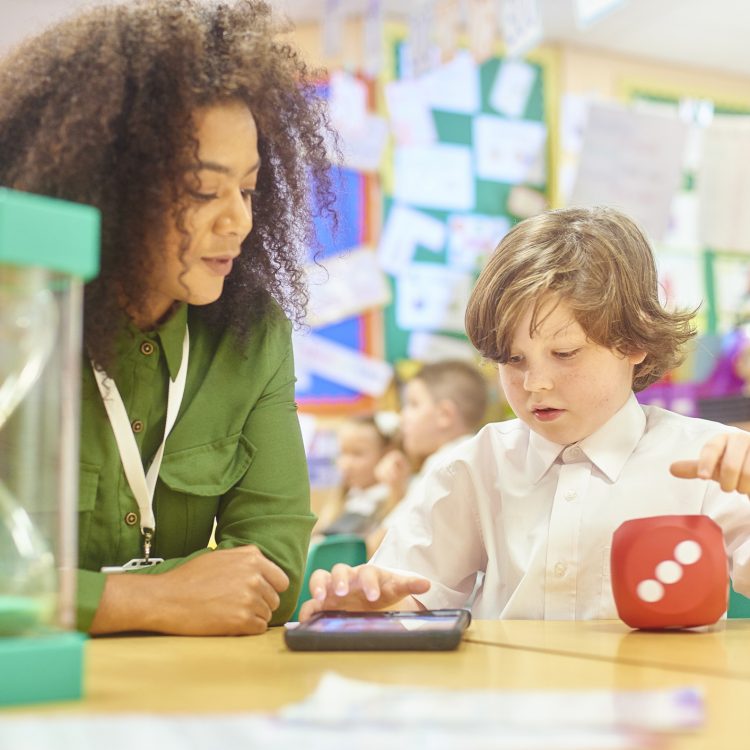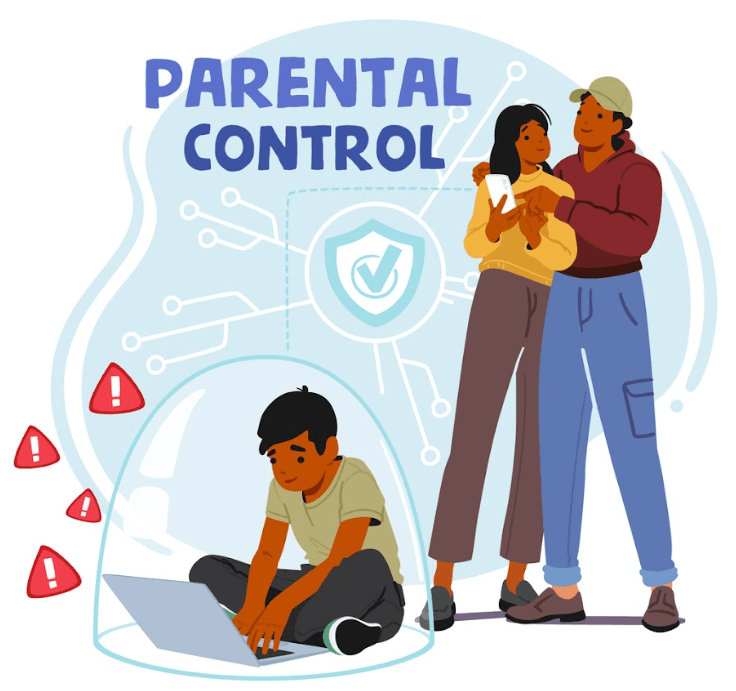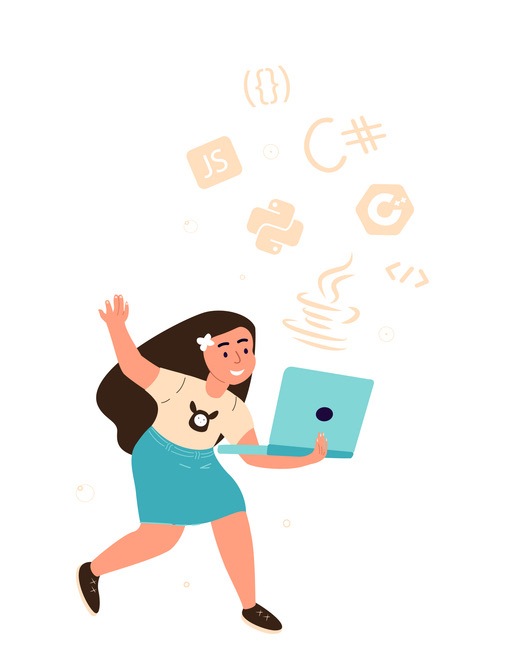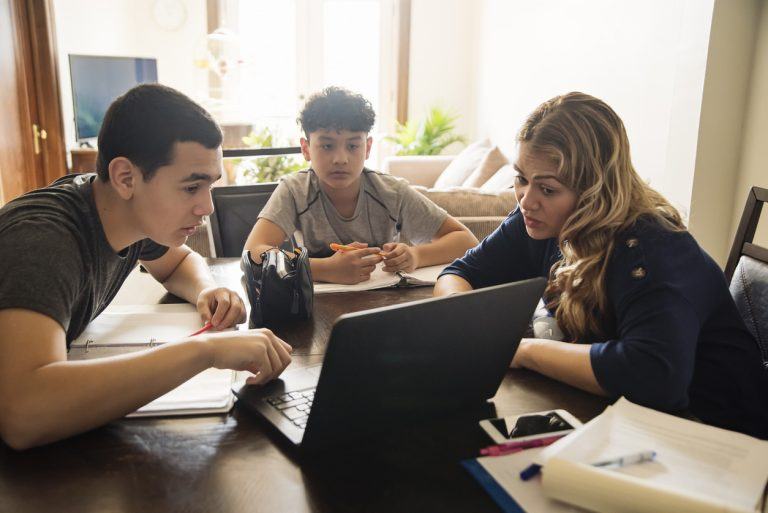“Too often we give children answers to remember rather than problems to solve.” – Roger Lewin
We feel this quote best summarizes where certain educational systems could be lacking. When teachers and students desire good grades more than knowledge, therein lies a risk of underdeveloped skills. It’s true; many of us may, unconsciously, encourage children to memorize the “right” answers rather than figure it out for themselves—all for the sake of a passing grade.
A child can memorize a poem, but it says nothing of their comprehension. A toddler could solve a shapes puzzle by simply replicating what they see on television. This doesn’t mean they necessarily understand why or how the shapes fit into their respective holes.
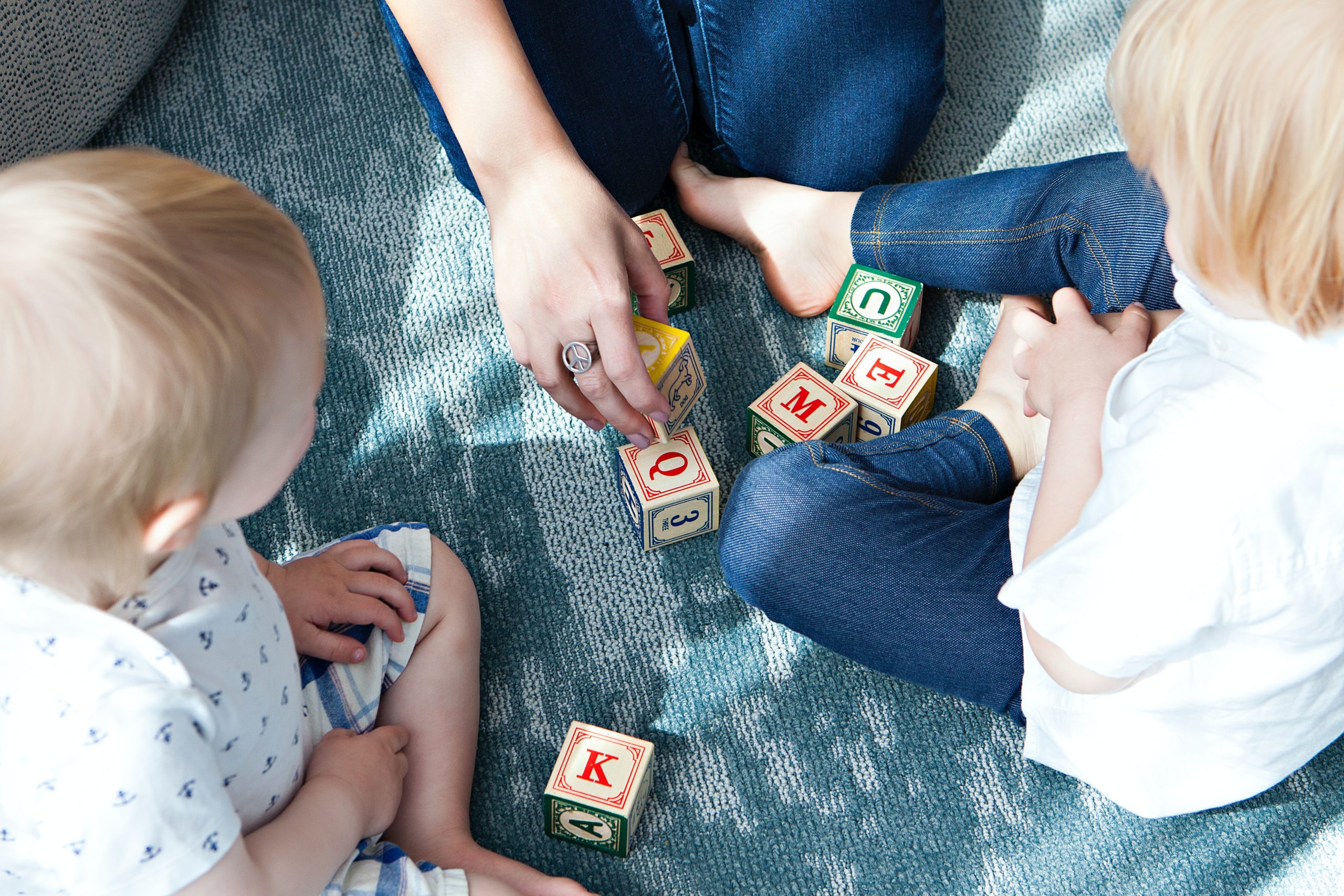
Someone could copy a drawing they see in a book, line for line. But take the source material away, and how sure are you that they can draw it again?
We’re not saying these aren’t excellent ways to start developing the skills related to each activity. But if the person becomes dependent on having the answers handed to them or merely mimicking someone else, they simply don’t reap the benefits long-term.
This is why computational thinking must come into play.
Table of Contents
What is Computational Thinking?
To keep it simple, Computational Thinking (or CT, for short) is basically Problem Solving. At its core, CT is a process that involves analyzing a problem and finding the best possible solution by:
- Breaking it down into separate, distinct parts
- Identifying similarities between each part
- Recognizing relevant information and opportunities to simplify the problem
- Implementing all data gathered from steps 1 to 3 to create a reasonable and efficient solution
This might sound a little more complicated than you’d like it to be, but trust us; computational thinking is actually pretty straightforward! The four steps we just mentioned are actually the 4 Key Elements of CT. Once you know and understand each step, you’ll have a better idea of how computational thinking works and how your child can use it practically in their every-day life.
It’s important to remember that everyone is capable of computational thinking. Some children may take to it more naturally than others, but it is still a skill. And like all skills, it can be acquired, practiced, improved upon, and refined.
The more your child practices computational thinking, the better they’ll be at applying it quickly and efficiently during situations that call for it.
- Blog Article: 6 Creative Ways to Get Your Kids Excited About Coding
Why is it Important?
Your child is going to encounter problems in their everyday life, and they’re eventually going to have to learn how to solve them on their own.
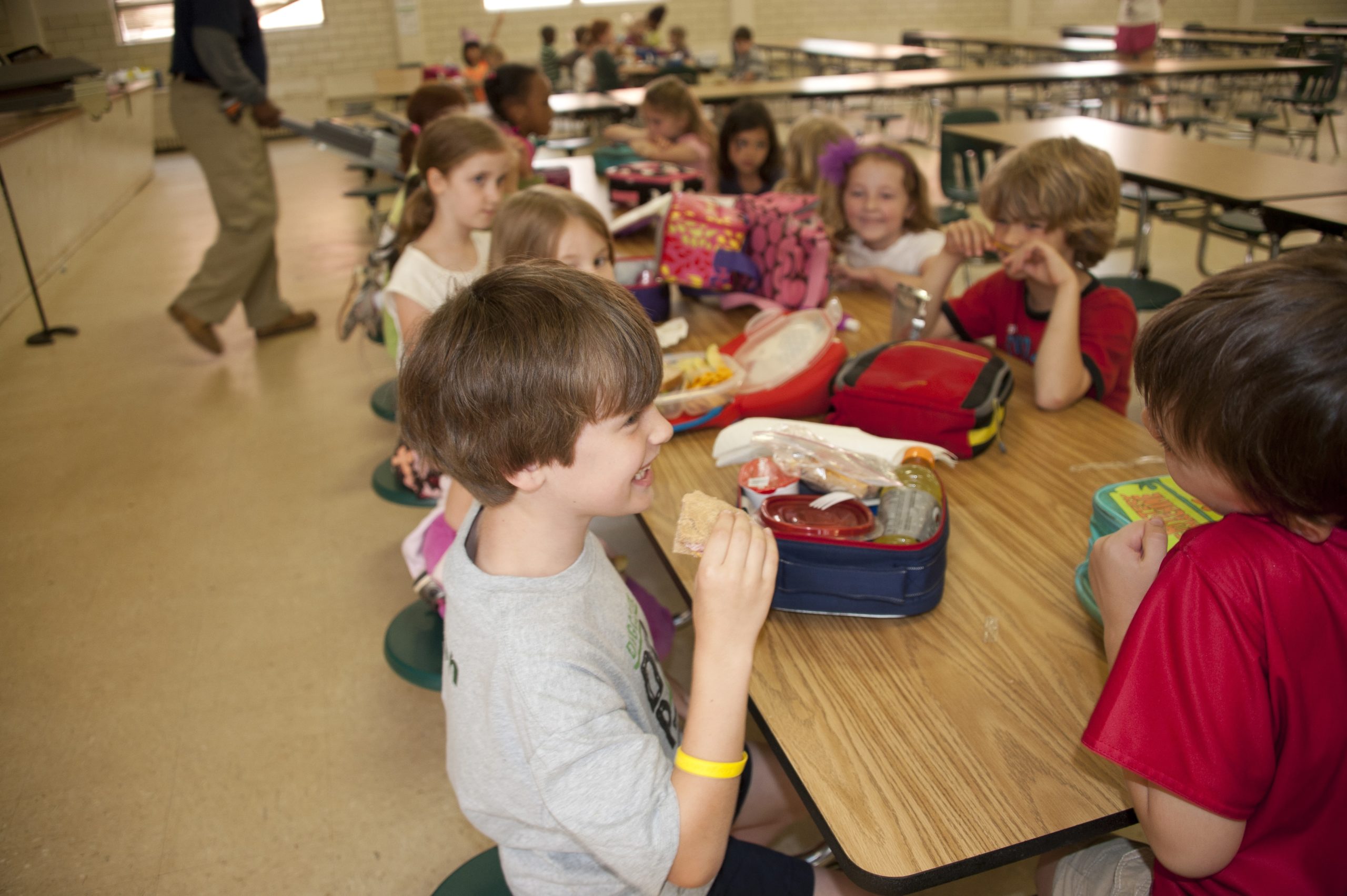
These problems can be simple – like learning how to brush their teeth – or slightly more complex, such as what to do when they’re injured or scared. Being able to navigate complex information by recognizing it and breaking it down into more manageable data is an essential skill that complements further technological and practical processes.
It’s not an exaggeration when we say that computational thinking can serve as the foundation for most skills, abilities, and subject matter. The name alone links CT to Computer Science courses like coding, information theory, software development and testing, and IT infrastructure.
But computational thinking is more than just technology and the internet.
Computational thinking is a mindset that encourages children to scrutinize a problem and intentionally build a solution for it. This is a general problem solving that can be integrated with other fields like Mathematics, Science, and Communication.
By nurturing this skill, children will learn how to create, innovate, and automate. They’ll learn how to think outside the box, testing boundaries and conceptualizing revolutionary ideas.
They’ll also develop practical and essential skills along the way, such as:
- Teamwork
- Navigating social situations
- Persistence
- Deep thinking
- Inquisitiveness
- Physical, emotional, and logical perception
- Information analysis
- Information retention
- Resource recognition and management
- Blog Article: 7 Ways to Teach Your Kids to Become Entrepreneurs
- Blog Article: 5 Ways To Educate Our Kids for the Future
The Four Key Elements of Computational Thinking
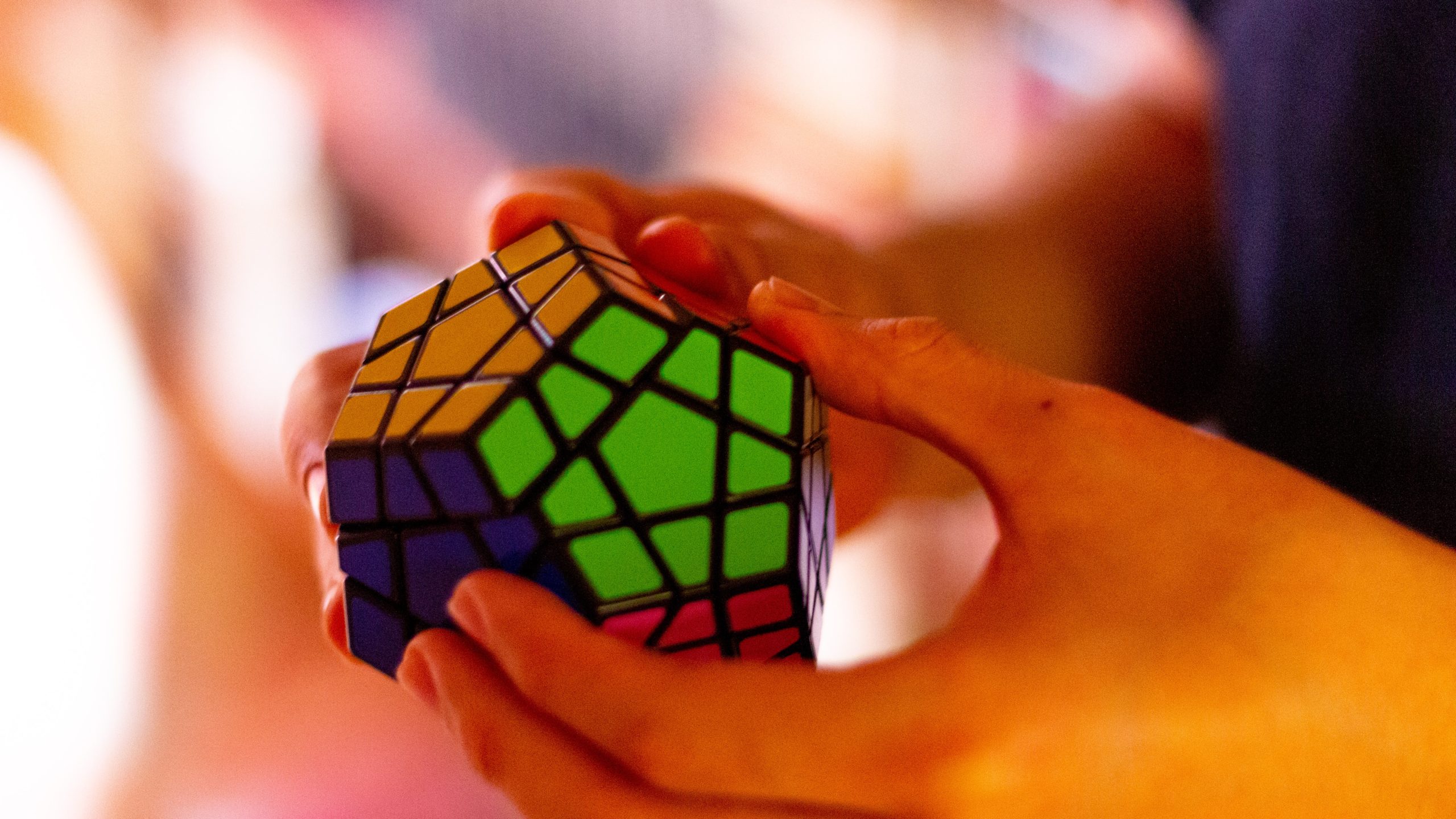
Earlier, we mentioned CT’s 4 Key Elements. When you solve a problem using computational thinking, you follow four certain steps. To reiterate, you would (1) break the problem down into smaller, distinct parts, (2) draw connections and similarities between each part, (3) recognize relevant information and opportunities for simplification, and (4) create the best possible solution based off of the data gathered.
Those four steps are, essentially, what the four key elements of CT are; (1) decomposition, (2) pattern recognition, (3) abstraction, and (4) algorithms.
Let’s look at each one in detail:
Decomposition
Decomposition is the process of breaking down one huge problem into several smaller situations. This is the first step your child will take when applying computational thinking. Rather than tackling the problem head-on, as is, they’ll instead use decomposition to turn it into something more manageable.
This is a valuable skill to have. As children grow up, they’re expected to take on more responsibilities and, consequently, more complicated tasks. If your child learns how to break these down into smaller to-do list items that are easier to handle, they are less likely to feel stressed or overwhelmed by a seemingly impossible task.
In terms of leadership roles, children who are comfortably decomposing a situation will most likely recognize all the correct steps needed to create a viable solution. This makes them better equipped to assign roles to their teammates.
Benefits/Related Skills of Decomposition:
- Delegation
- Time Management
- Child is less likely to be overwhelmed by a situation
- Child will get better at analyzing a situation
- Child will get better at assigning the best people to certain roles (leadership)
Decomposition Example:
The task is to write a 20-page book report on To Kill a Mockingbird. Through computational thinking, a student might break this task down into five smaller steps:
- Read the book
- Write down the main characters and events as you read the book
- Construct an outline for the 20-page paper by dividing it into 5 major parts, with 4 pages dedicated to each part (for instance: introduction, characters, conflict, conclusion, socio-political relevance)
- Write the first draft of the paper
- Re-read and edit as necessary
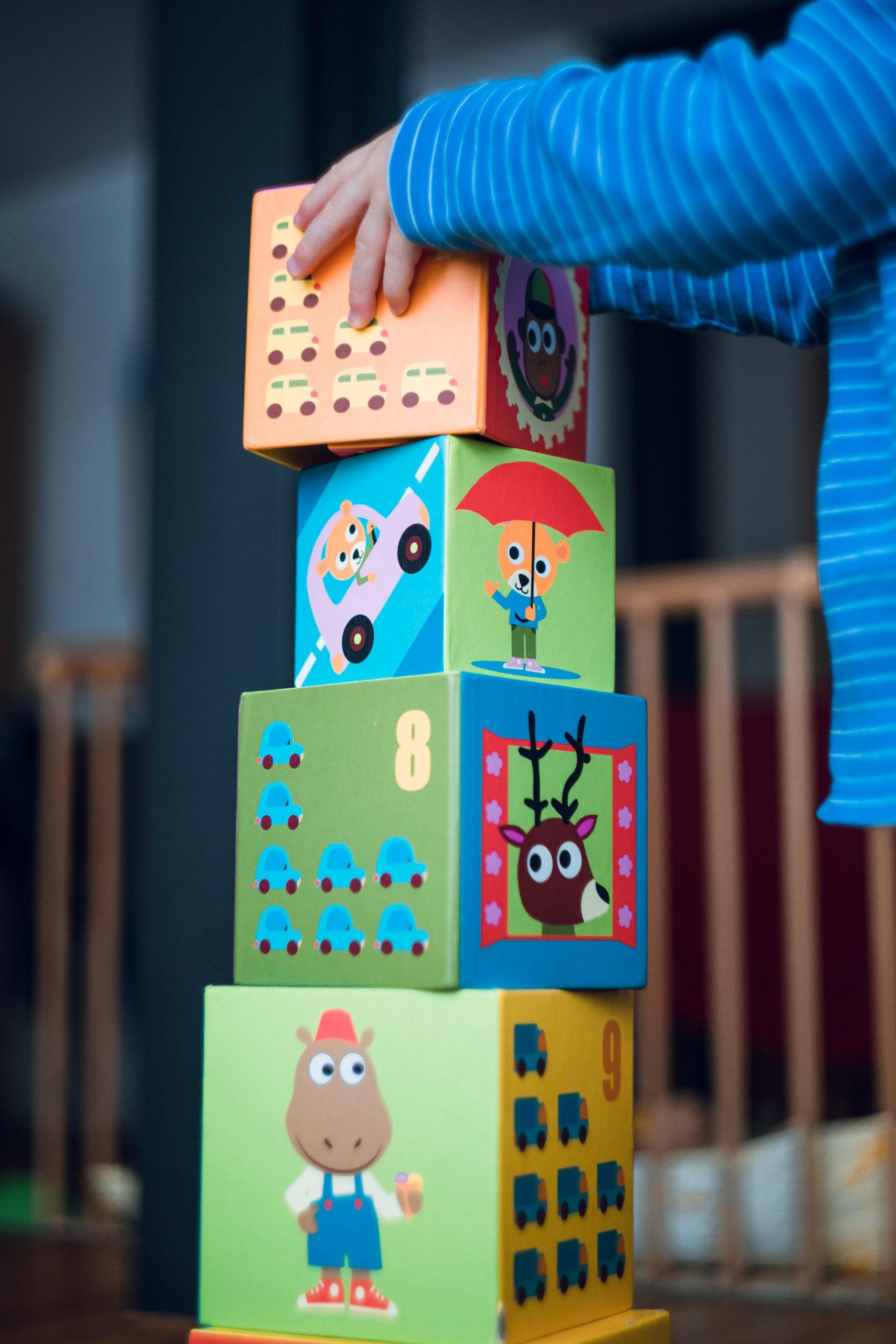
Pattern Recognition
Pattern recognition, as the name suggests, is to simply look for patterns and/or connections between the different parts of the problem. This can help one make sense of dense or oversaturated information.
Recognizing repeat issues and common occurrences can also help us better determine the best, most immediate solution for certain situations having already encountered them before. That is to say, one can solve problems more quickly without compromising the solution because they’ve already solved one just like it.
It’s like memorizing the multiplication table or learning the spelling of a really tricky word. At first, you’ll struggle to remember that 7 x 6 is 42, or that “acquaintance” only has one “c.” But as you continuously encounter these problems, the more you’ll remember the correct answer—and, thus, successfully solve them!
Benefits/Related Skills of Pattern Recognition:
- Memorization
- Information Retention
- Visualization
- Quick math and/or mental math skills
- Child will be better at logical thinking
- Child will be better at building/constructing
Pattern Recognition Example:
Students may be asked to build dioramas or scale models for classes like history, geography, or physics. Through computational thinking, the student can immediately tell what tools and materials he/she will need to build their diorama. They’ll also know how long it will take them to craft and place each part of the model, which – consequently – means they’ll have a rough estimate of how long it will take them to finish it.
Abstraction
Abstraction, also known as pattern generalization, is the process of seeking out and identifying only the relevant information crucial to solving the problem. This, by extension, translates into the ability to ignore unimportant or irrelevant details of the issue at hand. Perhaps you’ve heard the phrase, “look at the big picture,” or “to see the bigger picture.”

Abstraction helps people puzzle out how certain details related to the smaller parts of a problem can contribute to solving the problem as a whole.
Benefits/Related Skills of Abstraction:
- Time Management
- Organization
- Efficiency
- Resource management
- Child is more likely to be detail-oriented
- Child will find it easy to focus fully on a certain task
- Child won’t easily be distracted
Abstraction Example:
Escape rooms are some of the best – and most popular – examples of abstraction or pattern generalization. It’s in the very nature of the game to throw players off by including useless clues, riddles, and irrelevant patterns.
Using the same book report example from the first element, Decomposition, children who would utilize computational thinking would be able to identify key characters, events, and plot points in the story. Weeding out the characters and situations that don’t contribute as much to the main storyline would result in a more succinct, accurate, and straightforward book report.
Algorithms
The last element of computational thinking is Algorithms—also called algorithmic design. This is, arguably, the crux of computational thinking. It’s the process of developing steps and rules that need to be followed in order to achieve the desired outcome aka solve the problem. This ensures that other people can replicate the same solution should they ever encounter the same – or similar – problem.
This element of computational thinking encourages children to master clear and concise communication for reliable output. Without algorithms, there would be no progress. People would be stuck solving the same problem over and over again due to the lack of a clear and proven answer.
Benefits/Related Skills of Algorithms:
- Communication
- Problem-solving
- Visualization
- Child will get better at translating concepts into actionable steps
- Child will learn to assess other children’s abilities/level of understanding
Algorithms Example:
Using the same diorama/scale model example from Pattern Recognition, a student who utilizes computational thinking to build their diorama can then write down the steps and guidelines for construction for other people to replicate. This is especially useful if it’s a group project or if the child is having another person – like a parent or cousin – help them with production.
Algorithmic design would give the child the ability to accurately express the exact steps the other person will need to take to replicate the exact same model (or pieces of the model).
Computational Thinking and Coding

Many believe that coding for kids is a great way to teach them computational coding. In fact, some schools and curriculums see it as the most effective way to do so. Aside from encouraging a more structured way of thinking, coding is an excellent activity that allows for all four elements of computational thinking to be exercised.
In coding, students need to decompose or break down their goal into a working script with different elements (i.e., a line of code that will start the solution, a line of code that will end the solution, a line of code that will analyze the situation, etc.). They need to recognize patterns in said script, oftentimes having to cross-reference their current code with previous ones they’ve seen or written.
They then need to clean up the code through pattern generalization, removing redundancies or irrelevant pieces of code that could do more harm than good. Finally, they use algorithmic design to write or re-write the final code into viable lines and sections that other coders can recognize and understand.
- Blog Article: What is the best programming language for kids?
Computational Thinking: Recap
So, there you have it; the importance of computational thinking. It’s basically a problem-solving method that allows the involvement – and eventual development – of several other essential life skills. There are 4 Key Elements of Computational Thinking, and those are:
- Decomposition, or the act of breaking a problem down into more manageable parts
- Pattern Recognition, or the process of identifying patterns and similarities
- Abstraction, or pattern generalization – the process of recognizing and retaining only pertinent information
- Algorithmic design, which is the process of creating and communicating a step-by-step guide to solving the problem
Recap:
- What is Computational Thinking?
- Why is it Important?
- The Four Key Elements of Computational Thinking
-
-
- Decomposition
- Pattern Recognition
- Abstraction
- Algorithms
-
- Computational Thinking and Coding
- Computational Thinking: Recap
Be sure to check out some of our other helpful blog articles below!
- Blog Article: 12 Best Coding Gifts for Kids
- Blog Article: 7 Quick Tips to Keep Your Kids Safe Online
- Blog Article: Why Kids Should Learn Computer Programming (And 5 Quick Tips to Help Them Get Started)
Is your child ready to learn coding through playing popular games like Roblox and Minecraft? Try Codakid for Free today!
